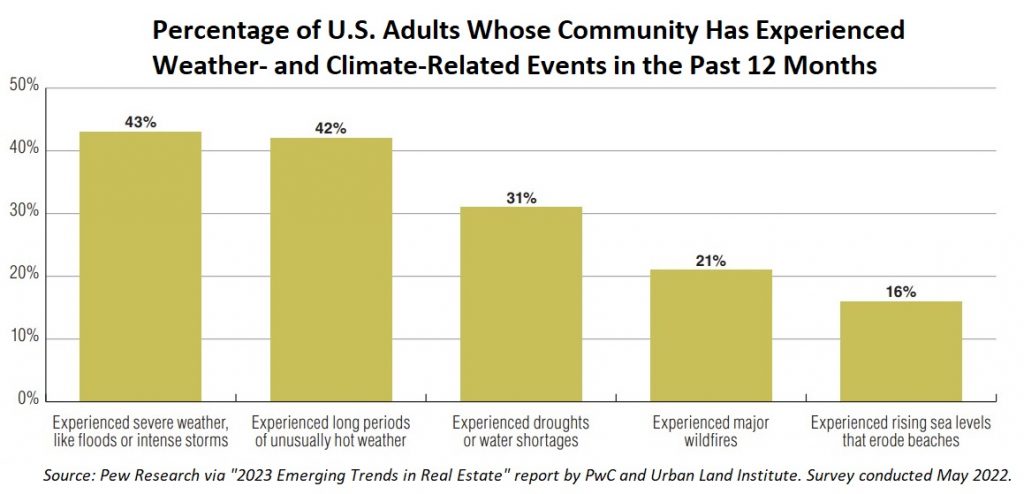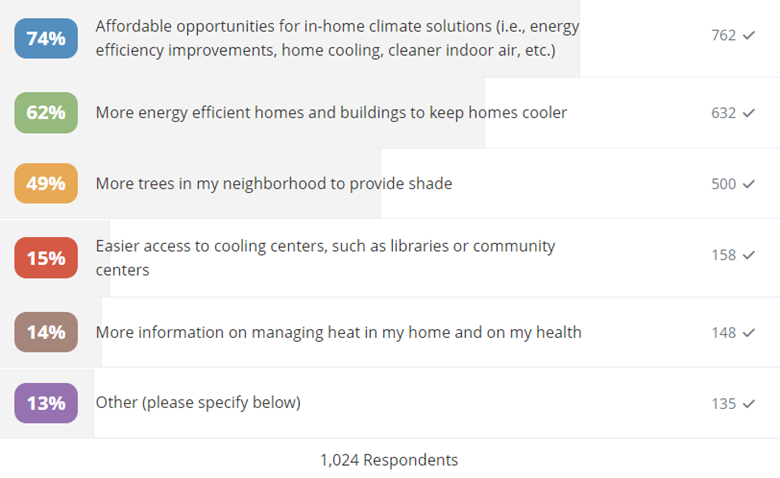It’s indisputable: The earth is getting hotter. A global climate report from the National Oceanic and Atmospheric Administration found that our average temperature has increased virtually every month this century – and we have experienced the five warmest Julys on record within the last six years.
We are dispensing far too much carbon dioxide into our air, leading to increasing temperatures, drying lake beds, dying crops and rising sea levels. It’s beyond a recipe for disaster; it’s a global crisis that’s taking place before our eyes and an issue that affects us all.

That’s why businesses, organizations and individuals must step up to reduce carbon emissions in hopes of reversing this deadly path for our planet. Since U.S. households produce 20% of all greenhouse gas emissions, we are all on point to address this issue in our lives.
The “greening” of homes – including upgrades that more efficiently use energy, water and building materials to be more sustainable – is gaining traction. This means consumers are more conscious about buying Energy Star certified appliances, rationing water use when cooking and cleaning, switching to energy-efficient heat pumps and weatherizing the home to eliminate leaks and loss.
Taking these and other actions can help reduce typical household energy use by 50% or more. The average amount of energy used per household is 77M British Thermal Units a year, of which 34M is carbon-based – the bad stuff.
Electrification is one of the answers to shrinking our carbon footprint by weaning ourselves off the use of fossil fuels like natural gas. About a quarter of all Washington residents use natural gas for cooking, a far cry from Californians who have it in 70% of residences, but still, it’s a significant source of carbon escaping into our air.
That’s one reason why several areas in our state working toward eliminating natural gas in businesses and homes. The gas is actually methane, which is about 80 times more potent than carbon dioxide and more effective at trapping heat in our atmosphere.
Credit cities like Seattle for planning for the future. It is currently working toward the Paris Accord target of being net-zero carbon by 2050, doing things like incorporating charging stations for electric vehicles across the city. Going one step – or 10 years – better, the people at Climate Pledge Arena have a zero-carbon target of 2040, including being single-use plastics free by next year.
The goal is aspirational but, in reality, it is going to be a tall challenge. Single-family homes, as one example, may have the most efficient abodes but also use the most energy among all home types. And while electrification lowers greenhouse gases, the costs are higher than natural gas and can add stress to power grids.
In addition, the retrofitting of older homes – including, perhaps, switching to solar power or smart glass – is not attainable to many Americans. High-efficiency appliances, sustainable building materials and energy-efficient lights are just too expensive for the typical household and many residents do not know about financial assistance and tax credits to help acquire such items.
In fact, affordability was linked to the most popular response from a 2022 survey of King County residents. They were asked for their three most important actions to help them be more prepared for extreme heat:

The climate crisis has led to devastating effects across the planet. About a third of Pakistan was underwater from floods in 2022, many regions of Africa suffer from severe drought and death, and, close to home, the great Cascadia heatwave of 2021 killed at least 1400 people.
We are all on notice: The climate crisis is worsening. Without taking drastic actions, the issue will get worse and more suffering will follow. Please take action … in your home, your community and your region – for the sake of your children and their children. If not now, when?




